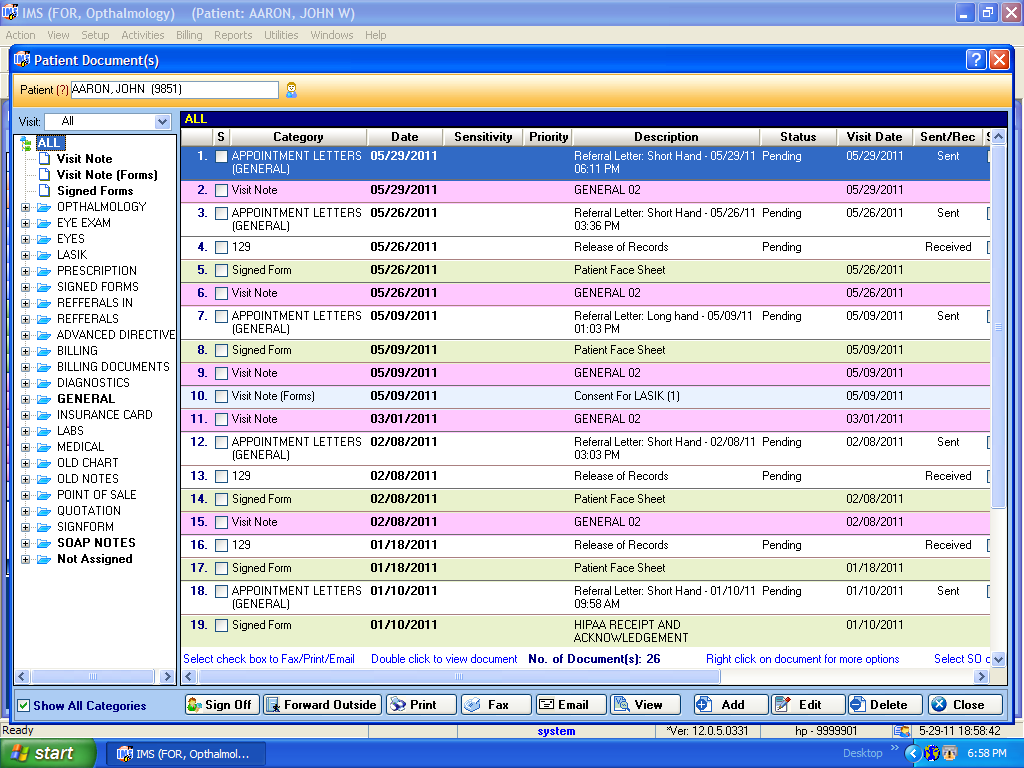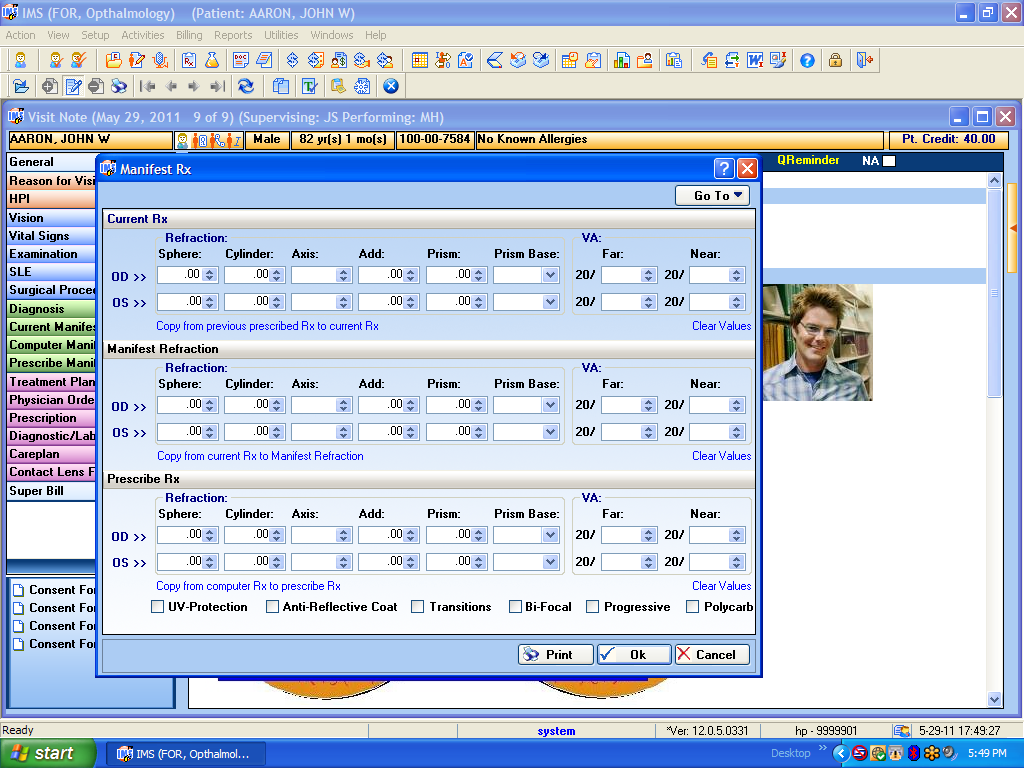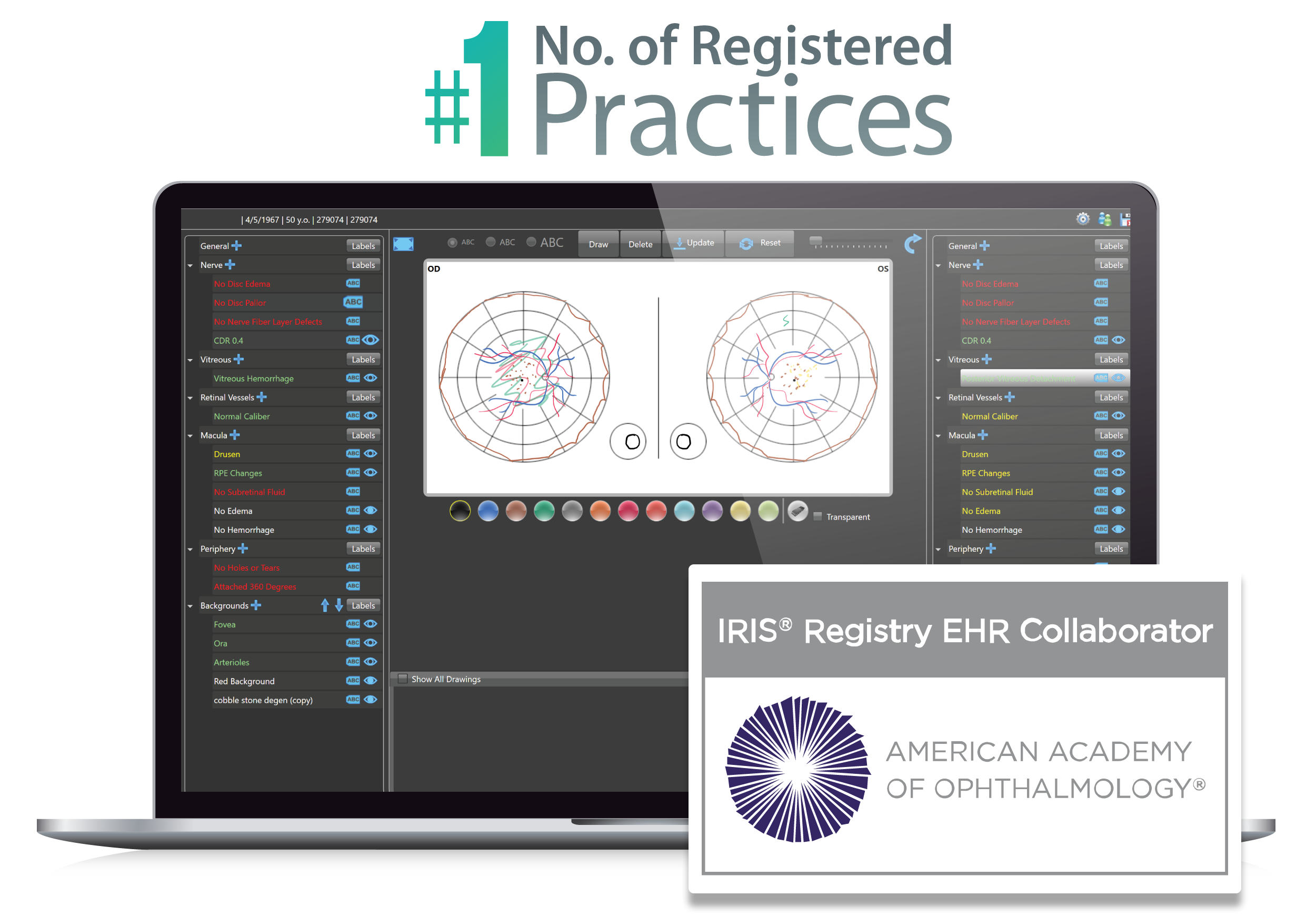Ophthalmology electronic health records are changing the landscape of eye care by streamlining how information is managed, shared, and utilized within busy practices. From the moment you step into a clinic, these specialized systems work quietly in the background, ensuring your eye health details are recorded accurately, accessible to your care team, and ready for any clinical decision.
Unlike generic health record systems, ophthalmology EHRs are crafted to address the highly visual and detail-oriented needs of eye care, integrating image management, diagnostic tools, and customizable templates for various procedures. These solutions boost efficiency, enhance patient safety, and ensure clinics stay compliant while keeping communication and follow-up seamless for both patients and providers.
Overview of Ophthalmology Electronic Health Records
Ophthalmology practices require specialized systems to manage complex patient data, ensuring accurate diagnosis and care. Electronic Health Records (EHRs) for ophthalmology are purpose-built platforms designed to capture, store, and manage clinical information uniquely relevant to eye care. These solutions go beyond general EHR functionalities, addressing specific needs of ophthalmologists by accommodating imaging, diagnostics, and highly detailed examination data.
Purpose and Necessity of EHRs in Ophthalmology
Ophthalmology EHRs are essential for organizing and safeguarding intricate vision care information that includes diagnostic imaging, testing results, and treatment plans. The primary goal is to facilitate more efficient documentation, support clinical decision-making, and streamline workflow for both routine eye exams and complex procedures.
Differences Between General and Ophthalmology-Specific EHRs

While general EHRs offer broad healthcare data management, ophthalmology-specific systems are tailored with unique features designed for eye care, such as high-resolution image handling and integration with diagnostic equipment. These distinctions ensure that ophthalmologists can access the tools necessary for precise clinical documentation and care.
Main Components and Features of Ophthalmology EHRs
Ophthalmology EHRs are characterized by several specialized components:
- Integrated image and diagnostic data management for visual field tests, OCT, fundus photography, and more.
- Customizable eye exam templates supporting various subspecialties like retina, glaucoma, and cataract care.
- Seamless data exchange with practice management software, imaging devices, and laboratories.
- Graphical charting tools for documenting ocular findings and changes over time.
An ophthalmology EHR transforms raw clinical data into actionable insights—enabling enhanced patient safety, quality of care, and operational efficiency.
Core Features and Functionalities: Ophthalmology Electronic Health Records
Ophthalmology EHR platforms are built around specialized features that support the unique data, workflow, and imaging requirements of eye care practices. These functionalities help clinicians efficiently document, manage, and analyze patient encounters while ensuring regulatory compliance.
Essential Functionalities in Ophthalmology EHR Solutions
The primary features of ophthalmology EHRs support both the clinical and administrative aspects of eye care:
- DICOM-compatible image management for high-quality diagnostic and retinal imaging.
- Direct integration with ophthalmic instruments (OCT, visual field analyzers, fundus cameras).
- Customizable clinical exam and procedure templates for various eye conditions and surgeries.
- Graphical drawing tools for annotating findings on eye diagrams.
- Automated coding and billing support specialized for ophthalmology diagnoses and procedures (ICD-10, CPT, and HCPCS codes).
- Secure patient communication portals and follow-up reminders.
- Interoperability with practice management, billing, and referral systems.
Image Management and Diagnostic Tool Integration, Ophthalmology electronic health records
Image management is at the heart of ophthalmology EHRs. Solutions offer native support for importing, viewing, and storing high-resolution images from multiple devices. Integrated viewers enable side-by-side comparison of historical and current images, helping clinicians track disease progression or treatment response.
Customizable Templates for Eye Exams and Procedures

Templates in ophthalmology EHRs are designed for efficiency and specificity, allowing providers to quickly document details for:
- Comprehensive eye exams and subspecialty assessments (glaucoma, retina, cataract, cornea, pediatrics).
- Procedural notes for surgeries such as cataract extraction, intravitreal injections, and LASIK.
- Visual acuity testing, intraocular pressure measurements, and refractive errors.
Well-designed templates reduce documentation time and standardize data entry across the practice.
Comparative Features Across Leading Ophthalmology EHR Systems
| Feature | System A | System B | System C |
|---|---|---|---|
| DICOM Image Support | Yes | Yes | Limited |
| Instrument Integration | Wide Range | Selective | Wide Range |
| Custom Templates | Highly Customizable | Moderate | Pre-Configured |
| Graphical Charting | Advanced | Basic | Advanced |
| Patient Portal | Full | Basic | Full |
Benefits for Ophthalmology Practices
The adoption of ophthalmology EHRs brings significant value by optimizing clinical and operational workflows. These systems help practices adapt to increasing patient volumes, complex documentation demands, and evolving regulatory landscapes, all while focusing on superior patient care.
Streamlined Clinical Workflows and Documentation Accuracy
By automating routine tasks and contextualizing data entry through specialty-specific templates, ophthalmology EHRs reduce manual workload and minimize errors. This leads to faster charting, improved data consistency, and easier retrieval of patient histories.
Operational Efficiencies Gained from EHR Adoption
Key areas of efficiency improvement can be seen throughout the practice:
- Automated appointment reminders and follow-up scheduling reduce no-shows.
- Centralized access to diagnostic images allows for quicker clinical decisions.
- Integrated billing workflows decrease claim errors and speed up reimbursements.
- Digital referral management minimizes paperwork and manual coordination.
Impact on Patient Safety, Care Quality, and Regulatory Compliance
Ophthalmology EHRs help avoid redundant testing and support safer prescribing through medication history tracking and drug interaction checks. Standardized workflows ensure compliance with documentation and reporting standards, reducing liability and supporting better patient outcomes.
Enhancements in Patient Communication and Follow-Up

EHR platforms foster better engagement by enabling secure messaging, access to test results, and automated reminders. These features not only boost patient satisfaction but also improve adherence to treatment plans and follow-up visits, which is vital in chronic eye disease management.
Last Word
Ophthalmology electronic health records stand at the forefront of innovation in eye care, evolving rapidly to meet the demands of modern clinics and patient expectations. As technology continues to advance, these systems will only become more integral to workflow optimization, secure data handling, and delivering outstanding patient outcomes, paving the way for the future of ophthalmology practices everywhere.
Helpful Answers
What makes ophthalmology electronic health records different from general EHR systems?
Ophthalmology EHRs are tailored to the visual and diagnostic needs of eye care with built-in image management, specialized templates, and seamless integration with ophthalmic devices and imaging tools.
Can ophthalmology EHRs integrate with existing imaging equipment?
Yes, most modern ophthalmology EHRs support integration with imaging devices and diagnostic tools using standards like DICOM and HL7 to ensure efficient and accurate data transfer.
Are ophthalmology EHRs compliant with data privacy regulations?
Reputable ophthalmology EHRs are designed to comply with HIPAA and other relevant data protection laws, offering features like access controls, encryption, and audit trails.
Is training required for staff to use ophthalmology EHR systems?
Training is highly recommended so staff can fully utilize the system’s features, adapt to new workflows, and maintain high-quality documentation and patient care.
Can patients access their eye health records with these systems?
Many ophthalmology EHRs include patient portal features, allowing patients to view test results, appointment details, and communicate securely with their care team.
